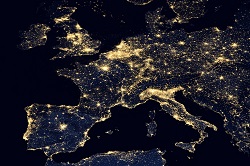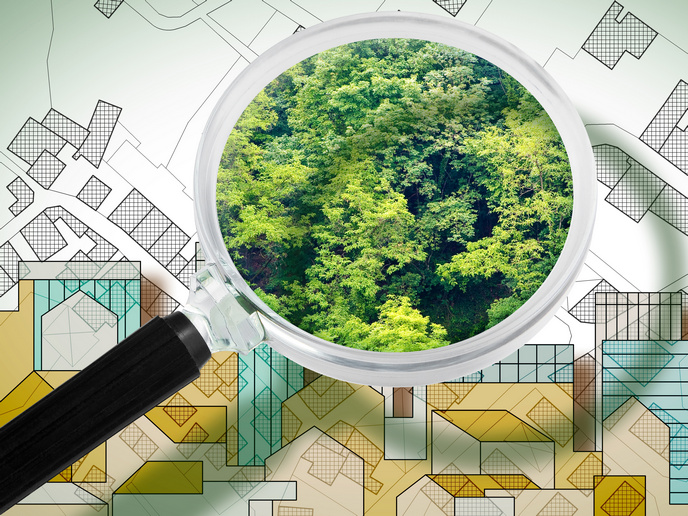How artificial nighttime lighting negatively affects ecological communities
Artificial lighting from streetlights and other sources disrupts natural cycles of daily and seasonal lighting. In turn, this has been found to alter the structure and functioning of plant and animal populations and communities. The negative consequences of light pollution on ecosystems ‘Artificial nighttime lights have long been known to alter the physiology and behaviour of organisms such as moths, turtles and seabirds,’ says Professor Kevin J. Gaston, project coordinator for the EU-funded ECOLIGHT (Ecological effects of light pollution) project. This is predicted to impact their population dynamics, and the structure and composition of ecological communities. ‘ECOLIGHT conducted the first key experiments to test for such population and community effects,’ he says. ECOLIGHT centred on two experiments. The mesocosm experiment sought for the first time to determine the impacts of streetlighting on the multi-generation composition and dynamics of simple multi-trophic communities of organisms. It had a multi-factorial design, with three nighttime lighting treatments for each of plants, plants and herbivores, and plants and herbivores and predators. ‘The mesocosm experiment provided valuable insights into the impacts of streetlighting under circumstances in which organisms could not move to avoid the lighting treatments they were exposed to,’ explains Prof. Gaston. To complement this, a field experiment was constructed in which ‘open’ plots of grassland were subjected to one of five lighting treatments. Here, organisms could move into or away from plots in response to the treatments. A major benefit of ECOLIGHT is that it took a long-term experimental perspective on assessing the influences of artificial nighttime lighting. The two core experiments each ran for five years. Gaining important insight into ecological outcomes of nighttime light pollution Findings show that streetlighting changes the abundances of plants, and of invertebrate herbivores and predators. It also changes the trends in those species numbers, and alters community structure and function. These outcomes result from both bottom-up (resource-controlled) and top-down (predation-controlled) impacts of artificial lighting on species abundances. A variety of approaches to mitigate such impacts of artificial lighting were tested, including dimming lighting, changing the spectrum of lighting and limiting the timing of lighting. While some of these lessened such impacts, none alone was sufficient to remove them altogether. According to Prof. Gaston, streetlighting has quite pervasive ecological impacts, and nuanced approaches to such lighting will be required to limit such effects. ‘ECOLIGHT contributed key findings to the discussion concerning the trade-offs between societal demands and expectations around streetlighting, and the negative environmental impacts of that lighting,’ concludes Prof. Gaston. ‘It will bring about a step change in the understanding of ecological consequences of nighttime light pollution.’ Even though the project officially ended in April 2017, its researchers are currently using imagery taken by astronauts aboard the International Space Station. This will help to determine how the colour spectrum of artificial nighttime lighting varies across Europe and how it is changing over time, and to map the environmental risk profiles.
Keywords
Light pollution, artificial lighting, night-time lights, ECOLIGHT







